Deck & Commander Strategies
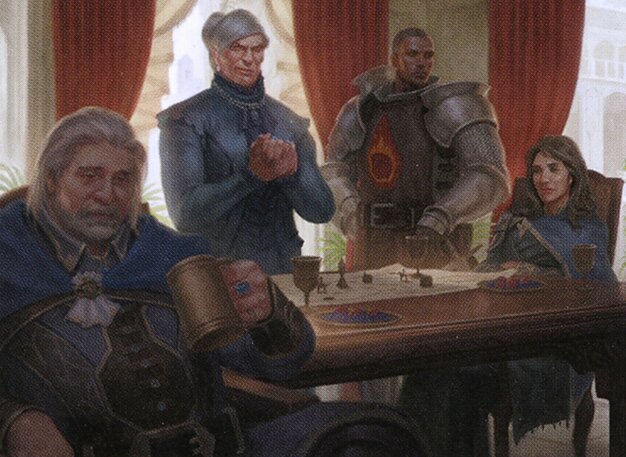
The Council of Four
Generate card advantage and tokens by punishing opponents for drawing extra cards and casting multiple spells, leveraging political control and attrition.
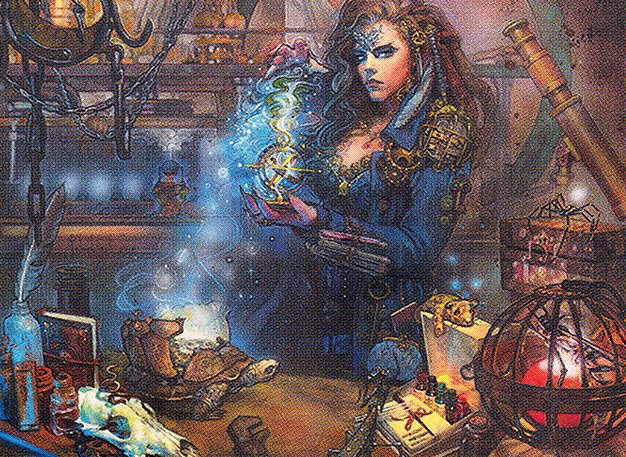
Sydri, Galvanic Genius
Animate non-creature artifacts into artifact creatures with deathtouch and lifelink to dominate combat and control the board through artifact synergy.
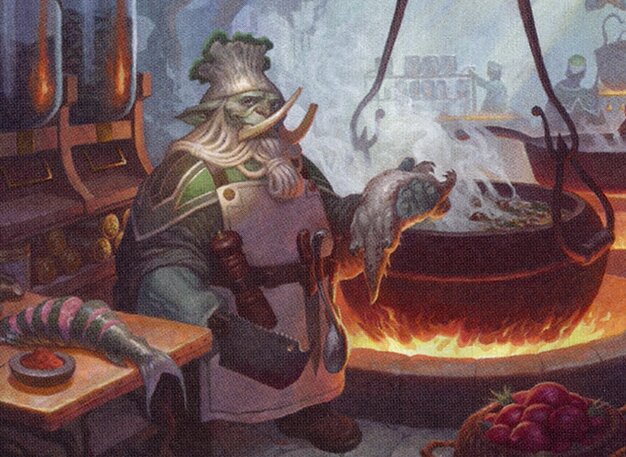
Gyome, Master Chef
Produce and sacrifice food tokens to protect creatures and gain incremental advantages, building resilience and value through the food mechanic.

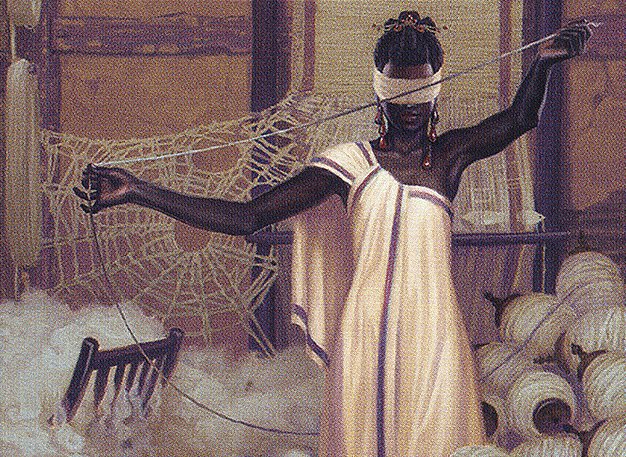
Ravos, Soultender & Tymna the Weaver
Use cleric tribal synergy combined with graveyard recursion and incremental card draw from combat damage to generate value and maintain board presence.
Gameplay Insights
- 1
Using Curse of Verbosity strategically to manipulate attack targets and discourage aggression towards certain players.
- 2
Sydri’s ability to animate artifacts into creatures provided a versatile threat that could adapt based on available artifacts and mana.
- 3
The Council of Four’s card draw and token generation rewarded players for opponents’ spellcasting, creating a taxing board state for others.
- 4
Playing taxing enchantments like the Original God of the Worthy effectively slowed down opponents by increasing casting costs of non-creature spells.
- 5
Sacrificing food tokens to protect valuable creatures proved essential for maintaining board control and staving off removal.
- 6
The interaction between graveyard recursion and incremental card draw in the cleric deck allowed sustained pressure over multiple turns.
Notable Cards
-

The Council of Four
-

Sydri, Galvanic Genius
-

Gyome, Master Chef
-

Ravos, Soultender
-

Tymna the Weaver
-
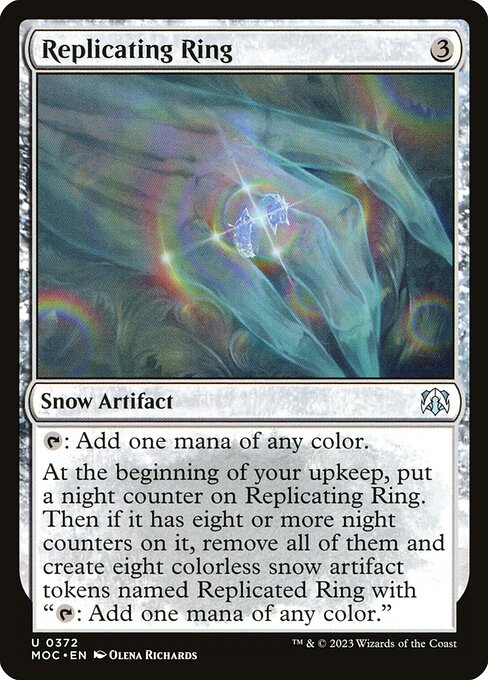
Replicating Ring
-
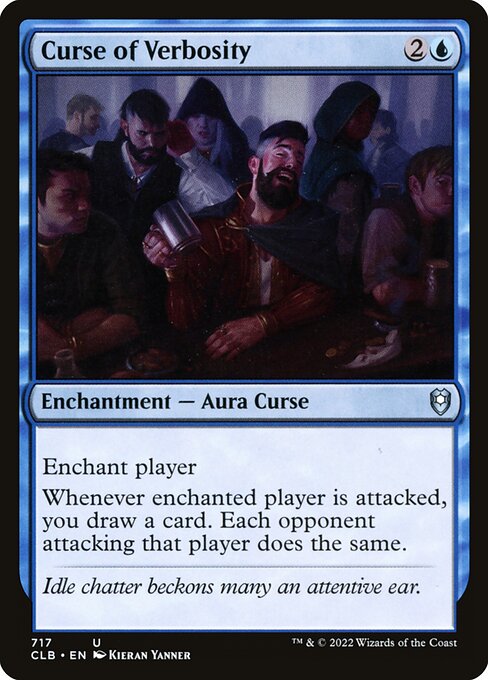
Curse of Verbosity
-

Swords to Plowshares
Gameplay Summary
The game featured a unique thematic approach with each player embodying a distinct 'job' through their chosen commanders and deck strategies.
The Council of Four deck focused on political intrigue and card draw advantage by punishing opponents for drawing multiple cards and casting multiple spells.
Sydri, Galvanic Genius leveraged artifact synergies, animating artifacts into creatures with potent abilities like deathtouch and lifelink, aiming to control the board through artifact-based aggression.
The Ravos and Tymna partner combo pursued a cleric tribal, value-driven approach with graveyard recursion and incremental card advantage through combat damage.
Gyome, Master Chef's deck revolved around creating and sacrificing food tokens to protect creatures and gain incremental benefits.
The gameplay saw early board development with ramp and utility artifacts, careful management of curses to manipulate attack decisions, and the strategic deployment of taxing enchantments that increased opponents' spell costs.
The Council of Four's ability to generate tokens and draw cards set a slow but steady engine, while Sydri threatened to animate artifacts into formidable attackers.
Meanwhile, the food and cleric decks worked on maintaining board presence and value generation.
Key turning points included the activation of curse mechanics that forced players into difficult attack choices, the use of removal spells like Swords to Plowshares to disrupt key creatures, and the playing of an original god enchantment that taxed expensive spells and slowed down opponents' plans.
The interaction of these thematic decks created a rich, dynamic board state where political maneuvering, artifact synergy, and resource management were all crucial to progression.












![Random Deck Roulette Part 2 [Commander VS 292] | Magic: The Gathering Commander Gameplay thumbnail](https://i.ytimg.com/vi/hLpAcqwvWD0/sddefault.jpg)










![Multicolored Legends of Baldur's Gate [Commander VS 295] | Magic: the Gathering Commander Gameplay thumbnail](https://i.ytimg.com/vi/zAq9d0hwHTU/sddefault.jpg)







![Commander VS S14E2: Krond VS Ertai VS Sydri VS Asmira [EDH] thumbnail](https://i.ytimg.com/vi/yipZBdl4MmE/sddefault.jpg)
![Commander VS S13E6: ??? vs ??? vs ??? vs ??? [EDH] thumbnail](https://i.ytimg.com/vi/BNrY8YYbS1E/sddefault.jpg)











![Commander VS S6E5: Sidar Kondo/Thrasios vs Ravos/Vial Smasher vs Tymna/Tana vs Ludevic/Kraum [MTG] thumbnail](https://i.ytimg.com/vi/LynU4jB9XLA/sddefault.jpg)
![Commander VS S13E4: Selvala vs Rubinia vs Ravos vs Adeliz [EDH] thumbnail](https://i.ytimg.com/vi/hMy8HpS8usI/sddefault.jpg)
![Random Decks, Hidden Roles! [Commander VS 301] | Magic: the Gathering Commander Gameplay thumbnail](https://i.ytimg.com/vi/Pel5HCJg5cQ/sddefault.jpg)